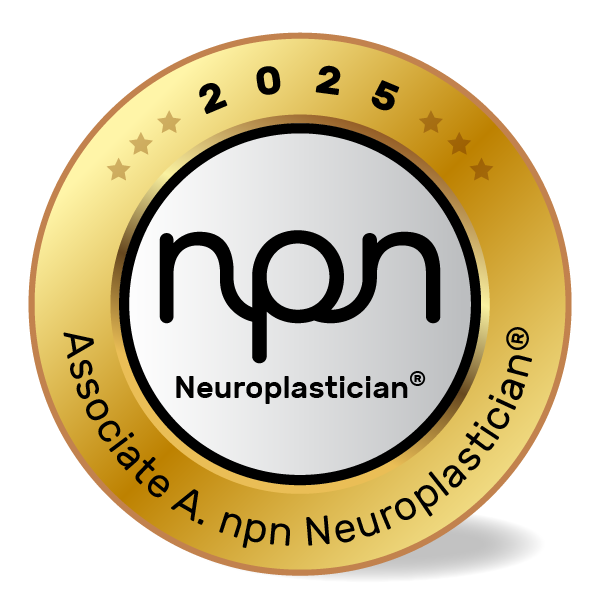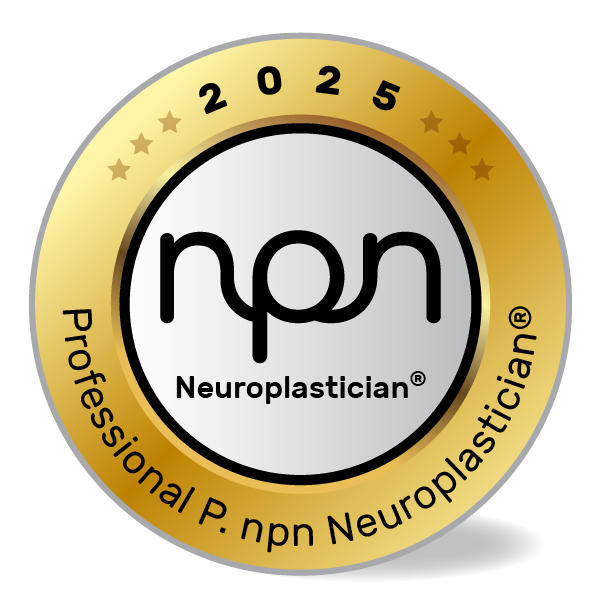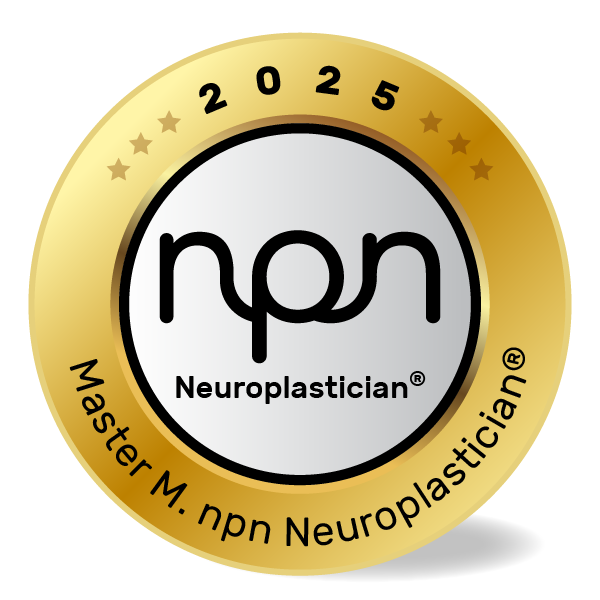Rewiring the Mind: The Neuroscience Behind Internal Dialogue
npnHub Editorial Member: Caterina Perry curated this blog
Key Points
- Self-talk significantly shapes mental health through brain regions involved in self-awareness and emotional regulation.
- Positive self-talk activates neural pathways that enhance resilience and motivation.
- Negative self-talk can strengthen circuits linked to anxiety, depression, and rumination.
- The prefrontal cortex, anterior cingulate cortex, and amygdala are key brain regions influenced by internal dialogue.
- Neuroscience-backed interventions can rewire maladaptive self-talk and support emotional well-being.
- Coaches, therapists, and educators can use personalized strategies to reframe self-talk for neuroplastic transformation.
1. What is Self-Talk?
Imagine a teacher preparing for a big presentation at an educational neuroscience summit. As she reviews her slides, her inner voice oscillates – one moment it’s calm and encouraging, the next it’s criticizing every detail. This internal dialogue isn’t just background noise; it’s the very architecture through which she experiences stress, confidence, and clarity.
This story is illustrative, not scientific, but it represents a common experience. Self-talk is the internal dialogue we have with ourselves – an ongoing narrative that reflects and shapes our beliefs, perceptions, and reactions. It can be automatic or deliberate, conscious or subconscious. And more importantly, it’s not trivial.
Research from the University of Michigan’s Self-Control and Emotion Lab, led by psychologist Ethan Kross, shows that subtle shifts in self-talk – like using one’s name instead of “I” – can significantly reduce anxiety and improve performance (Kross et al., 2014).
Self-talk acts as a lens through which we interpret our reality, deeply influencing mental well-being.
2. The Neuroscience of Self-Talk
During a session with a high-performing executive client, a neuroscience coach noticed how often the client described herself as “not good enough,” despite clear successes. The practitioner encouraged her to externalize the voice – to notice when it appeared, and to challenge it. Over time, her internal narrative shifted, and with it, her stress levels and performance improved.
Again, this is an illustrative example. But neuroscience backs it up.
Self-talk activates brain networks involved in emotional regulation, error detection, and self-referential thought. According to studies using fMRI, inner speech stimulates the medial prefrontal cortex, part of the brain’s default mode network (DMN), along with the anterior cingulate cortex (ACC), which monitors conflict and error, and the amygdala, a key emotional processing hub (Northoff et al. (2006)).
Negative self-talk often overactivates the amygdala and stress circuits, while positive or neutral self-talk engages regulatory regions in the prefrontal cortex that support calm, resilience, and decision-making.
The takeaway: internal dialogue isn’t harmless chatter – it’s a key neural process that can either sabotage or support well-being.
3. What Neuroscience Practitioners, Neuroplasticians and Well-being Professionals Should Know About Self-Talk
In a neuroeducation workshop, a coach observed two students struggling with a learning challenge. One muttered, “I always mess this up,” while the other said, “I don’t get it yet.” The difference? One brain reinforced defeat, the other signaled openness to learning.
This illustrates how language shapes neural readiness. Neuroscience-informed professionals must understand that self-talk directly impacts brain function and emotional state.
Unfortunately, common myths persist:
- Isn’t self-talk just about motivation?
Not exactly—self-talk influences emotional regulation, attention, and memory consolidation. - Is all negative self-talk bad?
No. Constructive self-criticism, when objective, can help goal-setting—but chronic, unchecked negativity is detrimental. - Can changing self-talk really rewire the brain?
Yes. Kim et al. (2021) used fMRI to show that even brief self-talk reshapes brain connectivity—positive self-talk strengthens control networks, while negative self-talk activates broader self-referential and reward pathways. This supports the idea that self-talk rewires the brain.(Source).
Practitioners should avoid dismissing inner dialogue as trivial. Instead, guide clients in recognizing, reframing, and rewiring self-talk to improve emotional resilience and cognitive function.
4. How Self-Talk Affects Neuroplasticity
Every time a client says “I can’t do this,” a neural pathway is reinforced. If that thought is repeated often enough, the brain makes it more efficient—shorter, faster, more automatic. That’s neuroplasticity in action.
Self-talk is one of the most potent drivers of neural rewiring. Repeated internal dialogue shapes synaptic strength across the prefrontal cortex, hippocampus, and limbic system. Studies on neuroplasticity, such as those by Dar, Ramakrishna, and Shekhawat (2025), optimistic self-talk enhances neuroplasticity by activating dopamine and serotonin pathways, reducing cortisol, and promoting adaptive learning through long-term potentiation (LTP) and increased connectivity in emotional and cognitive circuits. ((Dar, Ramakrishna, & Shekhawat, 2025).
When self-talk is optimistic, solution-oriented, and emotionally supportive, it strengthens pathways that promote executive function and emotional regulation. When it’s negative, it primes fear responses, increases cortisol, and depletes cognitive flexibility.
Self-talk literally sculpts the brain. Which means every moment is a chance to rewire.
5. Neuroscience-Backed Interventions to Improve Self-Talk
Why Behavioral Interventions Matter
In high-stress environments, internal narratives often default to self-doubt or fear. Practitioners must equip clients with the tools to recognize and reshape self-talk for emotional balance and performance.
1. Thought Labeling
Concept: Recognizing inner dialogue as “thought, not truth” increases prefrontal control and reduces amygdala activity (Lieberman et al., 2007).
Example: A coach helps a perfectionist client label the inner voice as “my inner critic,” creating distance and reducing reactivity.
✅ Intervention:
- Ask the client to journal common self-talk phrases.
- Help them assign a label (e.g., “Critic,” “Doubter”).
- Practice saying, “That’s my critic talking.”
- Reinforce the idea that thoughts are not facts.
2. Name-Switch Reframing
Concept: Referring to oneself in the third person activates emotional distancing circuits, increasing regulation (Kross et al., 2014).
Example: A teacher encourages anxious students to say, “Maria, you can handle this,” instead of “I can’t do this.”
✅ Intervention:
- Teach clients to switch “I” statements to third person.
- Practice this during stress or decision-making.
- Role-play scenarios to build fluency.
- Use video playback for reflection and reinforcement.
3. Positive Memory Anchoring
Concept: Evoking past success activates reward circuits and reinforces self-efficacy via the striatum (Ashby et al., 1999).
Example: A therapist working with a client post-burnout uses audio recordings of affirming past moments as a daily intervention.
✅ Intervention:
- Identify 3-5 moments of past success with the client.
- Create short verbal or audio affirmations based on these.
- Play or recite them daily, especially before high-stress events.
- Pair with visual cues or somatic grounding.
6. Key Takeaways
Self-talk isn’t just a personal habit – it’s a neural process shaping everything from stress resilience to learning and motivation. With the brain’s incredible ability to rewire, even deeply ingrained inner narratives can be transformed.
- Internal dialogue activates core brain networks of emotion and self-awareness.
- Negative self-talk can entrench stress and limit cognitive flexibility.
- Positive and reframed self-talk enhances neuroplasticity and performance.
- Simple interventions – like thought labeling or third-person language – can create lasting neural change.
Let’s help clients talk to themselves like someone they love.
7. References
- Kross, E., et al. (2014). Self-talk as a regulatory mechanism: How you do it matters. Journal of Personality and Social Psychology.https://pubmed.ncbi.nlm.nih.gov/24467424/
- Northoff, G., Heinzel, A., de Greck, M., Bermpohl, F., Dobrowolny, H., & Panksepp, J. (2006). Self-referential processing in our brain: A meta-analysis of imaging studies on the self. NeuroImage, 31(1), 440–457. https://doi.org/10.1016/j.neuroimage.2005.12.002
- Kim, J., Kwon, J. H., Kim, J., Kim, E. J., Kim, H. E., Kyeong, S., & Kim, J.-J. (2021). The effects of positive or negative self-talk on the alteration of brain functional connectivity by performing cognitive tasks. Scientific Reports, 11, Article 14873. https://doi.org/10.1038/s41598-021-94328-9
- Ashby, F. G., et al. (1999). A neuropsychological theory of positive affect and its influence on cognition. Psychological Review.https://pubmed.ncbi.nlm.nih.gov/10467897/
- Merzenich, M. (2013). Soft-Wired: How the New Science of Brain Plasticity Can Change Your Life. Parnassus. https://lindagraham-mft.net/soft-wired-how-the-new-science-of-brain-plasticity-can-change-your-life/















